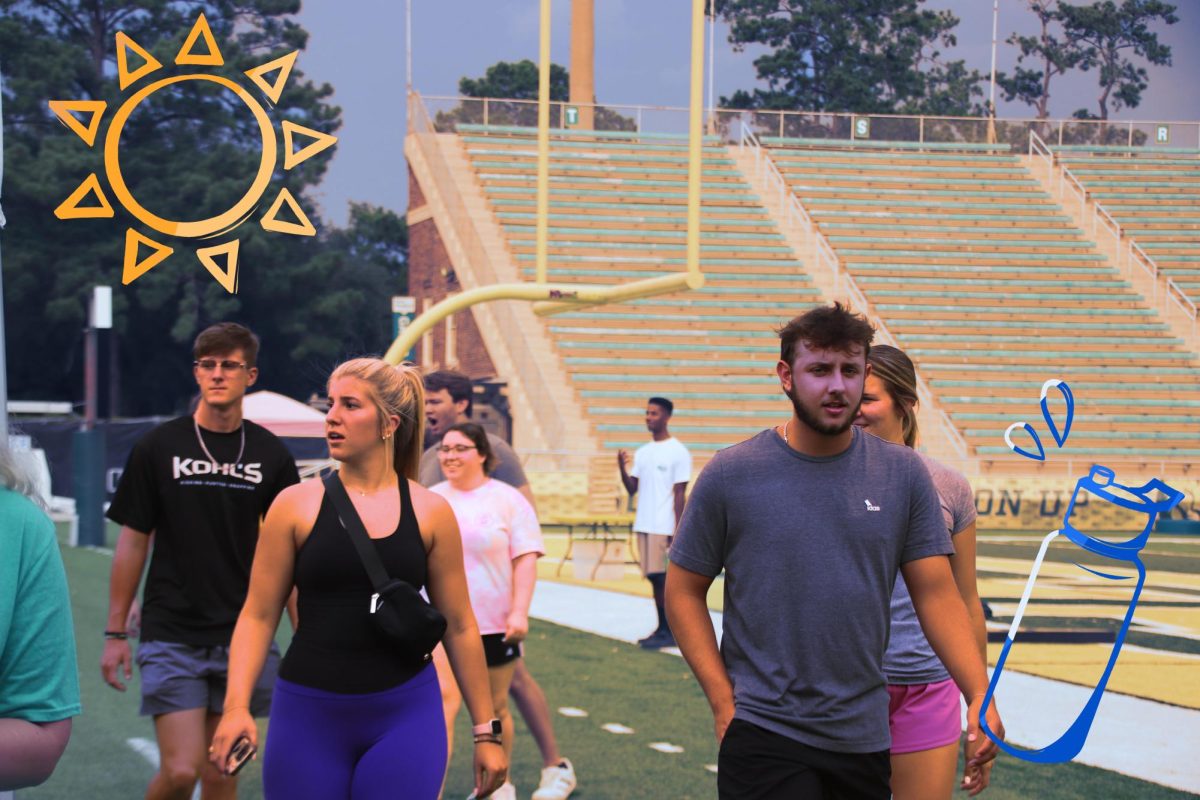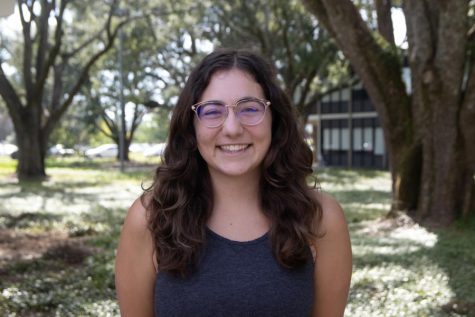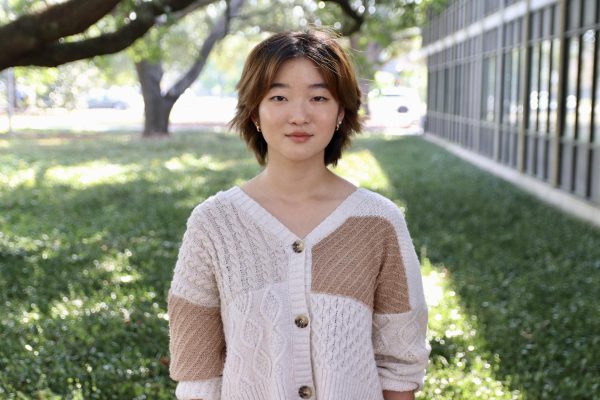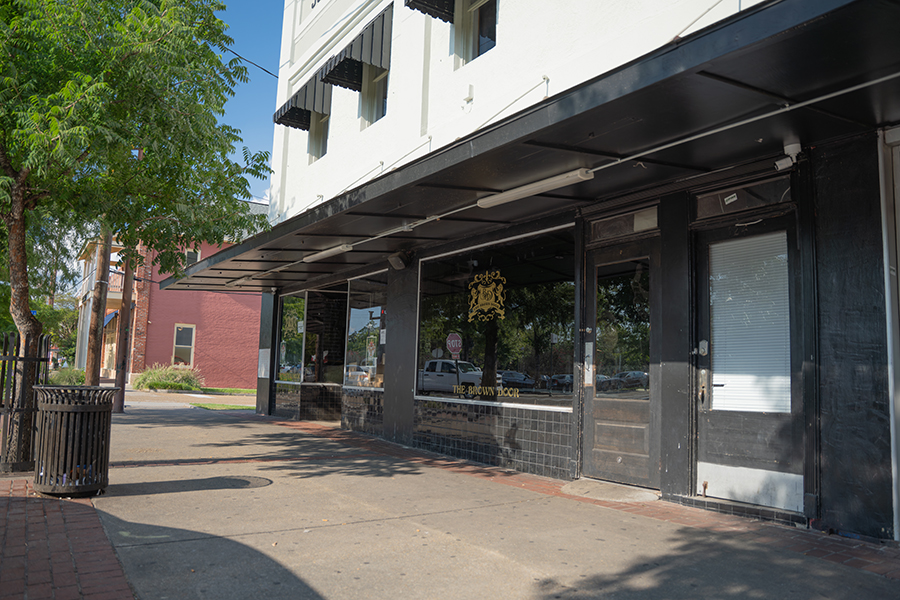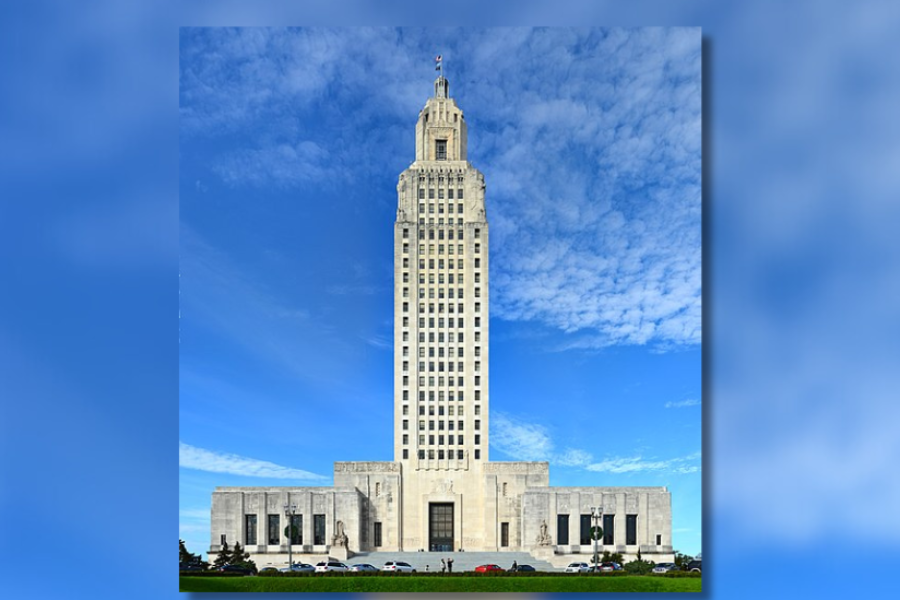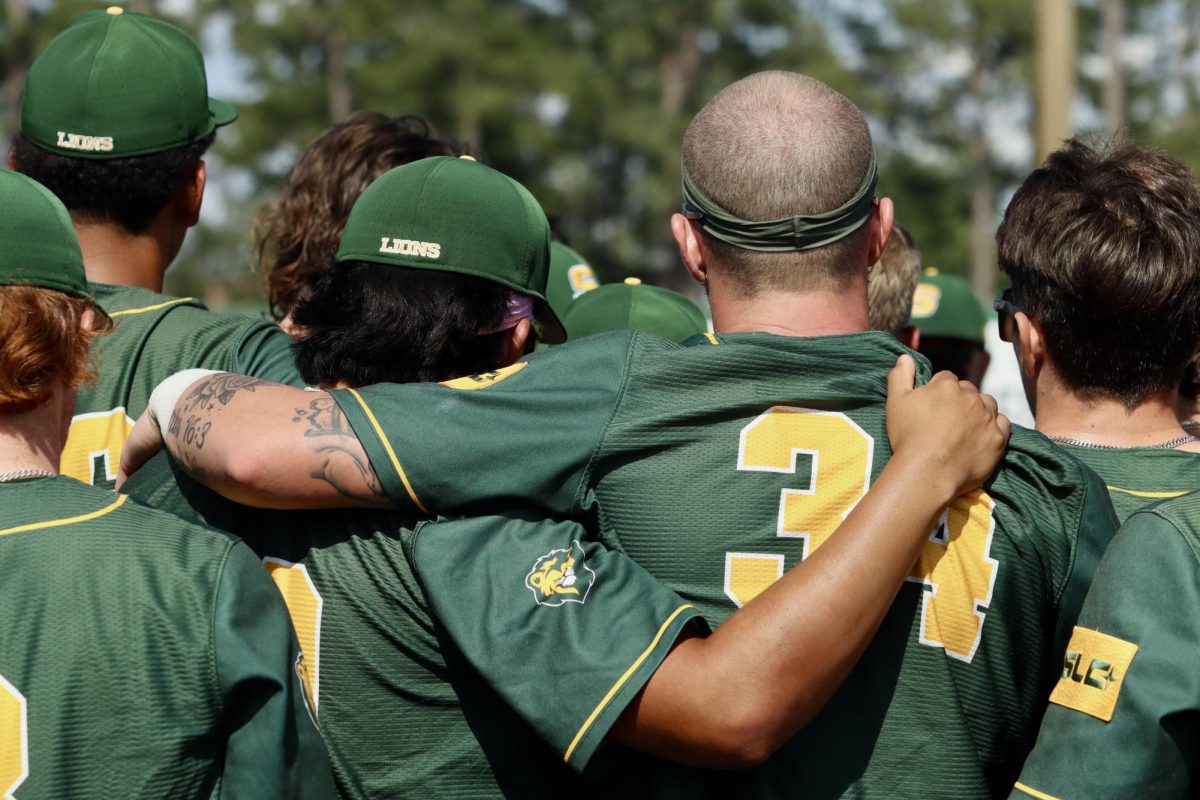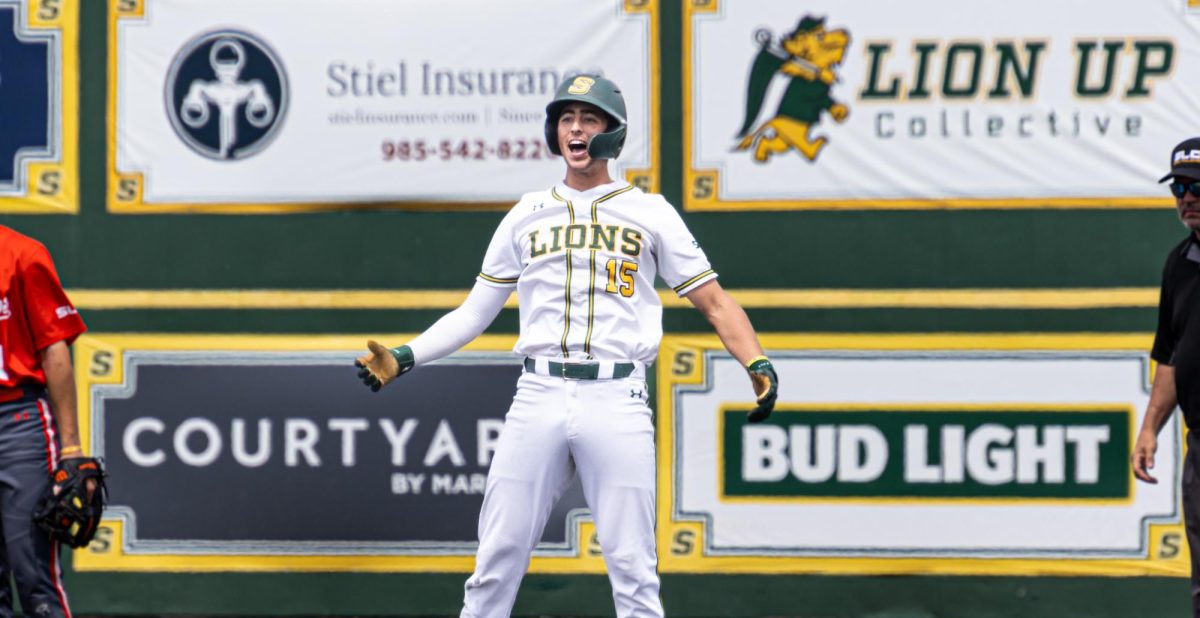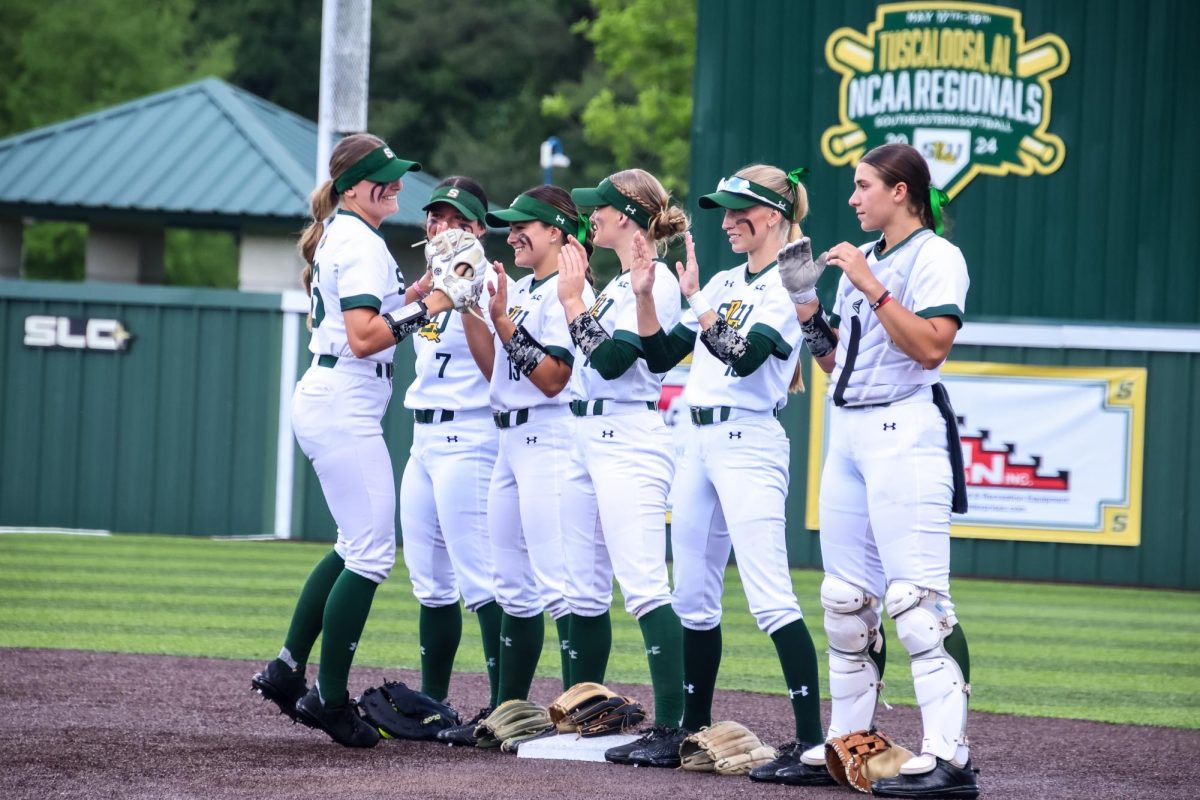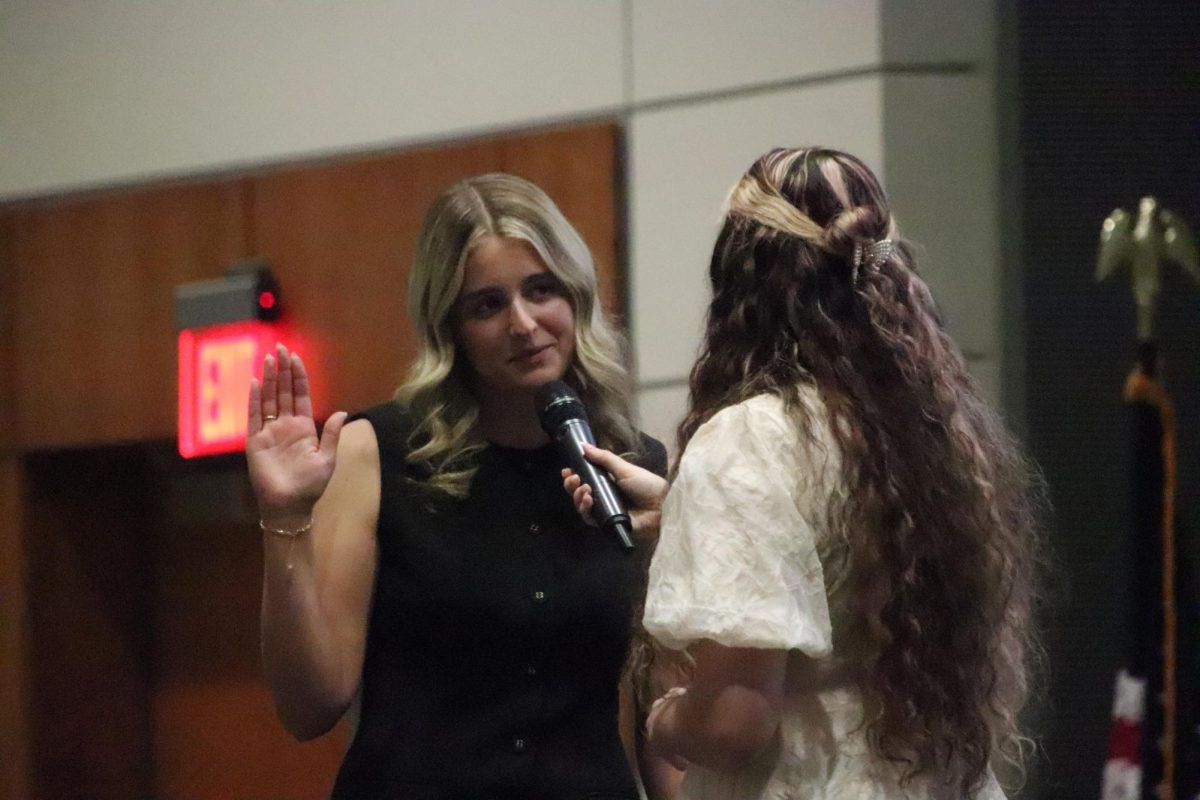Earlier this month, Gov. Edwards announced a state of emergency due to the extreme heat hitting Louisiana. The excessive temperatures began with a heat wave in June and have continued to climb since, resulting in a record-breaking summer.
In addition to the extreme heat, a decrease in rainfall has led to drought conditions across the state, prompting a burn ban until further notice. NOLA.com reported temperatures as high as 101 degrees in New Orleans and 104 degrees in Baton Rouge.
Heat effects have left locals and students across the state concerned for their safety and wondering how to combat the heat.
The Southeastern Health Center shared heat safety tips, including how to determine the difference between signs of heat exhaustion and heat stroke, to help students counteract the heat effects.
Southeastern’s Health Center Nurse Practitioner Penny Thomas described the signs of heat stroke as “a decreased level of consciousness, nausea, and vomiting.” Heat stroke is a medical emergency. Someone feeling the effects of heat stroke should call 911 or seek immediate medical attention. On the other hand, heat exhaustion can be treated by resting in a cool, shaded area, drinking plenty of water and applying cool compresses to the body. Signs of heat exhaustion are “headache, fatigue, nausea and vomiting.”
Thomas also advised students to take frequent breaks from the heat in cooler areas and wear loose, light-colored clothing because dark colors absorb the heat.”
Extreme heat can also lead to extreme sweating. Drink electrolyte beverages like Gatorade and Powerade to help replenish electrolytes in the body.
It’s crucial to prioritize heat safety during this ongoing heatwave. Remember to stay hydrated, dress appropriately and be conscious of the symptoms of heat stroke and heat exhaustion. Visit Louisiana.gov to learn more about the current state of emergency. Keep an eye out for Southeastern Health Center’s pop-up water station and free popsicles and visit their Instagram page for more information.


